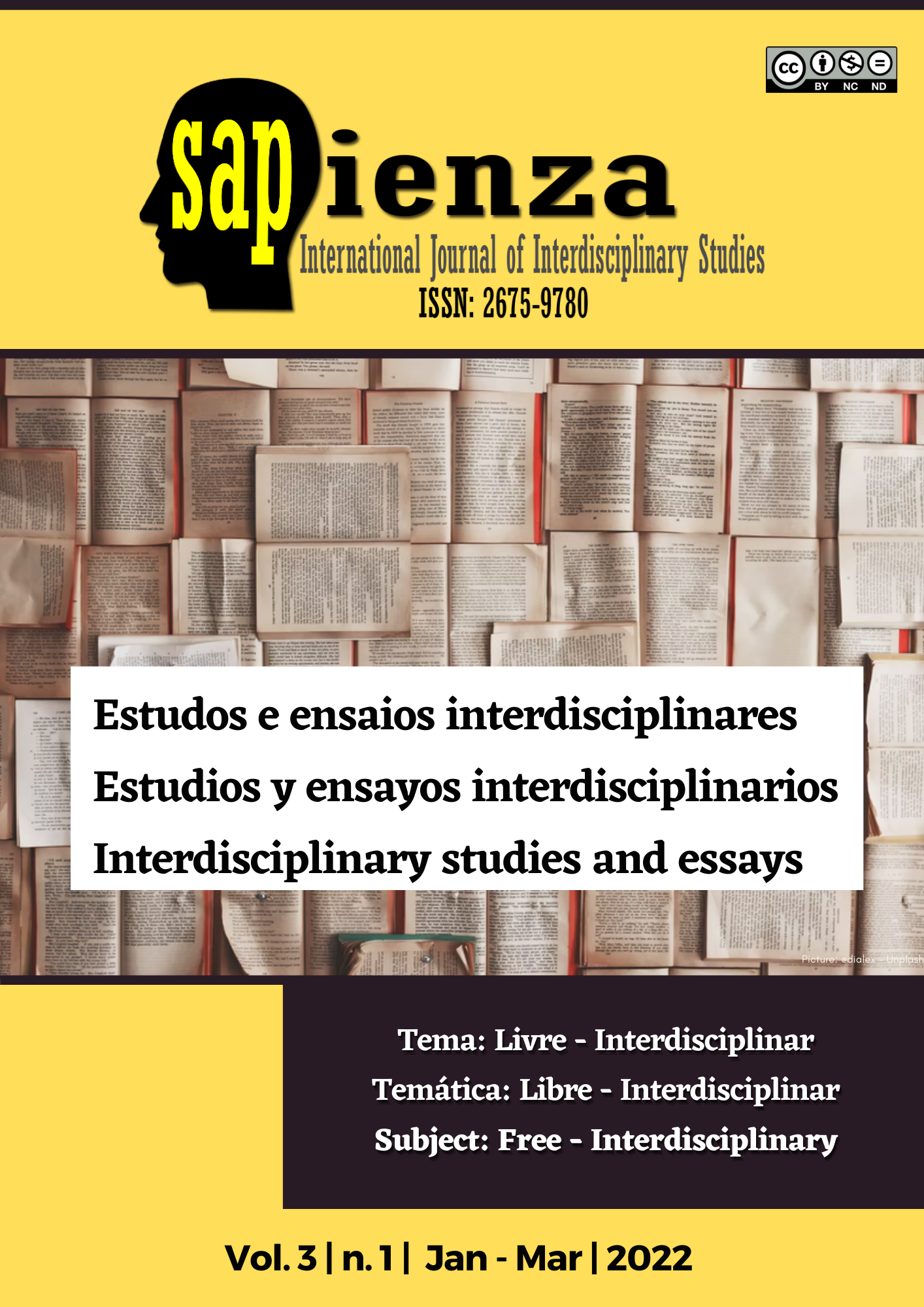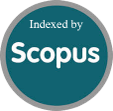Functional analysis regarding the application of ICT implemented by the teachers of the private educational unit Camilo Gallegos Domínguez in the teaching process in blended classes
DOI:
https://doi.org/10.51798/sijis.v3i1.269Keywords:
education, teaching, ICTs, teachers, students.Abstract
At present, the great technological development that has been generated intuitively has an effect on various methodological and general fields of society. The Information and Communication Technologies (ICTs) disseminates large amounts of information on a global scale, which has increased the productivity of all societies in the world. On the other hand, it is alluded that the modality of blended learning studies implemented by most schools, colleges and IES worldwide due to the COVID – 19 pandemics are aimed at reinforcing the level of knowledge of students, so teachers must have more practical and theoretical skills when using technological tools, thus providing their tutorials in a creative, collaborative and communicative way articulated to ICTs to achieve the goals set in their educational plan. In a schematic and pragmatic way, we will analyze in a functional way the various application sections with respect to the usability of Information and Communication Technologies that the teachers of the Camilo Gallegos Dominguez Private Educational Unit located in Quinindé carry out during their masterly intervention of their semi-presential tutorials, to know how they impart a plenary with the students, how the students intervene in a participative way in the classes, what activities are carried out internally and externally in the teaching environment, how they deal with the students and also to know what type of ICTs tools for teaching-learning they consider the most feasible in the blended learning study modality.
References
Aiello, M. (2004). El aprendizaje semipresencial como método transformador. Píxel-Bit, Revista de Medios y Educación, n.º 23, pp. 21-26.
Barbé, C. (2004). Los nuevos ideales tecnológicos en los diversos tipos de educación. Educar, Pg. 42-94.
Bartolomé, A. (2004). Aprendizaje semipresencial. Conceptos fundamentales. Píxel-Bit. Píxel-Bit. Revista de Medios y Educación,, 23, pp. 7-20.
Cabero, J. (2000). Las nuevas tecnologías y las transformaciones de las instituciones educativa. Granada: GEU. Obtenido de Universidad Nacional de Educación a Distancia (UNED).
Catalano, H. (2014). Programas de formación de aprendizaje semipresencial para la educación en adultos. Educ-Comunicar, 762-768.
Ojeda, G. (2006). Análisis fundamental de las Tecnologías de la Información y Comunicación en el ámbito educativo. Madrid: Edutec.
Tripartita, F. (13 de Febrero de 2005). Las Tecnologías de la Información y Comunicación en la educación formal. Colección Estudios, Pg. 59 - 76.
Downloads
Published
How to Cite
Issue
Section
License
Copyright (c) 2022 Alan Eduardo Leyva-Méndez

This work is licensed under a Creative Commons Attribution-NonCommercial-NoDerivatives 4.0 International License.



